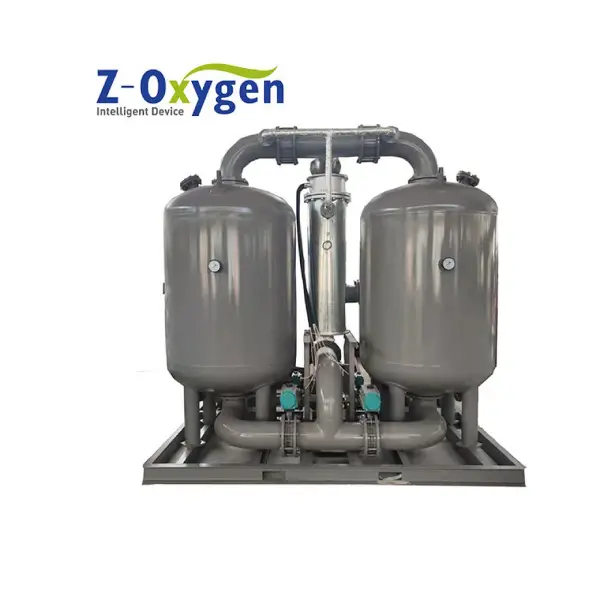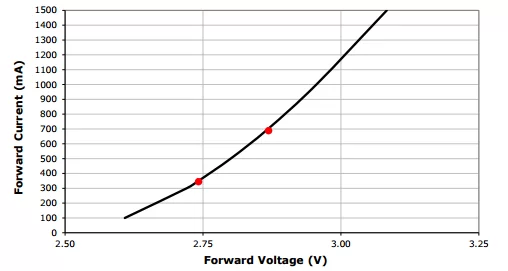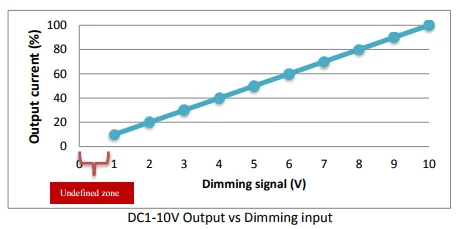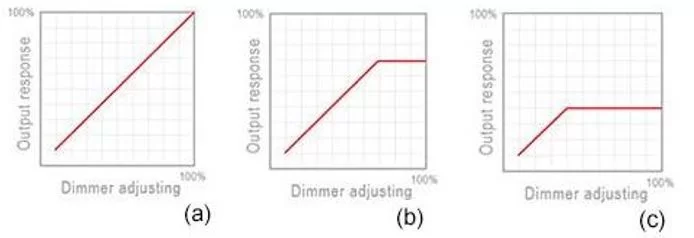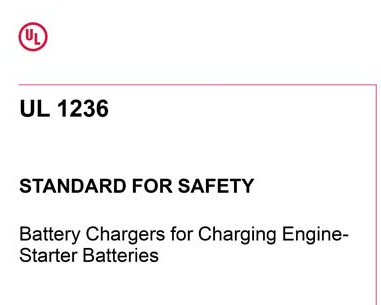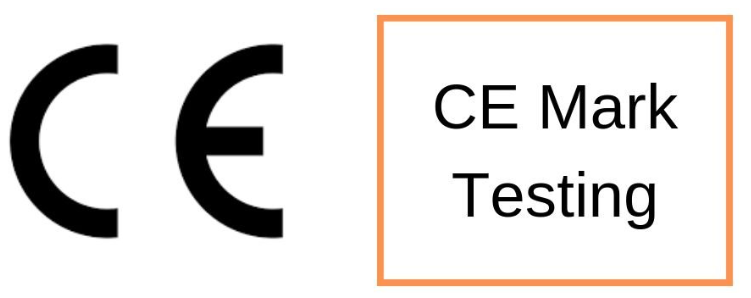Greetings in The Mighty Name of Jesus, The Christ!!!
The Body Of Christ
Let me first apologize for not writing sooner. On June 7th I suffered a Heart Attack, but not knowing that I had one. I do not have the same common signs that most people have when having a Heart Attack, I had pain in one spot on the right side of my chest, almost under my arm pit. For the next five days I pushed myself to continue doing as I always do, but the pain was increasing and began shutting up my neck. On Tuesday the 11th, my wife drove me to the hospital, to shorten this story, they did to do a Balloon Stent on Thursday, then I was released me on Friday. On Friday, my wife noticed a rash, we call in the doctor, I found out I have Shingles on top of everything else.
During this time The Lord showed me a Great Error in The Body Of Christ, that is, very little Empathy and Sympathy. We, Brothers and Sisters are a Family, Bought by The Blood Of Jesus, we are to Care for one another more so than the World and we do not!
Acts 2:44 KJV
"And all that believed were together, and had all things common;"
Acts 4:32 KJV
“And the multitude of them that believed were of one heart and of one soul: neither said any [of them] that ought of the things which he possessed was his own; but they had all things common."
1Th 5:11 KJV
“Wherefore comfort yourselves together, and edify one another, even as also ye do.
This is Not a message of “woes as me”, but a message of how we should be as The Body Of Christ. The Scripture’s teaches us that when One Part of the Body Hurts, then also should the rest of the Body Hurt. As Our Lord Jesus has used my Life as an example many, many times before, so does He do so now. I reached out telling Brothers and Sisters that I suffered a Heart Attack and having Shingles, my Inbox should be over flowing with messages of concern, but few did I hear from. Most might have said a silent prayer, but that only Jesus knows.
1 Corinthians 12:25-26 KJV
"25 That there should be no schism in the body; but [that] the members should have the same care one for another. 26 And whether one member suffer, all the members suffer with it; or one member be honoured, all the members rejoice with it."
For most of you, you would give a dollar to a stranger on the street, but judge your Brother or Sister in a time of need, not giving to them in their time of need! Most of you would bring clothes into a Salvation Army, but would not help a Brother or Sister who is destitute! Most of you would say a onetime prayer, believing all is done and now it is up to Jesus to take care of them, and in that you are ignorant to The Will Of The Father!!!
We, Brothers and Sisters, we are to be taking care of each other until we go home or until Jesus comes and gets His Bride, but what you have done is separated yourselves, caring only for yourselves, but, when sickness, poverty hits you, you expect for those of like mind to run to your aid! In that I Rebuke You!!!
Can you imagine if The Body Of Christ were to function as The Father intended what would happen! The World would know that because of Jesus we Become Children Of God, showing Love for one another as we have been commanded to do so.
John 13:35 KJV
“By this shall all [men] know that ye are my disciples, if ye have love one to another."
This Scripture is Not talking about Loving The World, but is talking about The Love that The Body Of Christ have for each other. This Love means that YOU have Empathy and Sympathy for each other, this means that Prayer does not begin and end because you “feel” like you have done your part. But what this Love entails is in the Showing Genuine Love towards each other and the way we do that is to First Acknowledge that someone has a need, and Second Act Upon that need until there is No More A Need .
Our Brother James said you Confess with Your Mouth that Jesus is Lord having No Proof, but I will Show You My Faith, by the Actions that I do. These Actions were to Show that Jesus Is Lord by not only ministering to the lost, but also by ministering to The Born Again!!
James 2:18 KJV
“Yea, a man may say, Thou hast faith, and I have works: shew me thy faith without thy works, and I will shew thee my faith by my works."
Brothers and Sisters do you Know the Power of a Text Message going to a Brother or Sister asking them how they are doing, but not just a single Text Message, but multiple in the course of someone’s need can do. A Word of Encouragement has Healing Power beyond our understanding, but it works. Brothers and Sisters do you Understand that a Phone Call from another Brother or Sister Shows The Love Of Christ in helping to mend.
The Body Of Christ has become a Common Word and should not be! Anyone can say they are a Christian, but very few are. But the scary thing is, is What has The Body Of Christ Become? You go to Your Denominational church, Sing Praises to Jesus, here a message that brings no conviction, no correction, no Life Style Commands and you think YOU have done God a Service by attending!!!
1 Samuel 15:22 KJV
“And Samuel said, Hath the LORD [as great] delight in burnt offerings and sacrifices, as in obeying the voice of the LORD? Behold, to obey [is] better than sacrifice, [and] to hearken than the fat of rams."
In my case of having a Heart Attack, it will take months of recovery with much pain and I could almost guarantee that I will hear from very few if any on my condition in the time frame of my recovery, most will forget, move on. Some of you think that it is the Pastors Job to see to such things, no it is not! Did not a Scripture above say that when One Member Hurts we All Hurt, how can this be possible unless you get Involved, have Empathy, have Sympathy, have Compassion for your fellow Brother or Sister that is in need!!!
We should be showing that Greatest Love IN The Body Of Christ so that The World can say that WE Are The Disciples Of Jesus. But what we have presented to The World is that we are no different than they are, but in fact having so many different of Ideologies, so Fractured, so Dysfunctional that instead of Drawing people to Jesus, they do not want to have any part of Jesus.
Jesus made a profound statement, He said to those who Claim to be His Disciple by doing things that they used as an excuse to make themselves LOOK Holy, but were not, Jesus said Depart From Me, I do not Know YOU!!! Jesus also said that ONLY those who DO MY Fathers Will, will be Saved. These two things that Jesus said we need to take to heart. If you Know of a Brother or Sister that is in Need and YOU do not help them, see to their Needs, both physically and mentally, then you have sinned!!!
Matthew 7:22-23 KJV
"22 Many will say to me in that day, Lord, Lord, have we not prophesied in thy name? and in thy name have cast out devils? and in thy name done many wonderful works? 23 And then will I profess unto them, I never knew you: depart from me, ye that work iniquity."
Matthew 7:21 KJV
“Not every one that saith unto me, Lord, Lord, shall enter into the kingdom of heaven; but he that doeth the will of my Father which is in heaven."
Matthew 7:7-12 KJV
"7 Ask, and it shall be given you; seek, and ye shall find; knock, and it shall be opened unto you: 8 For every one that asketh receiveth; and he that seeketh findeth; and to him that knocketh it shall be opened. 9 Or what man is there of you, whom if his son ask bread, will he give him a stone? 10 Or if he ask a fish, will he give him a serpent? 11 If ye then, being evil, know how to give good gifts unto your children, how much more shall your Father which is in heaven give good things to them that ask him? 12 Therefore all things whatsoever ye would that men should do to you, do ye even so to them: for this is the law and the prophets."
The reason for the latter set Scriptures is this, if you See, Hear, a Brother or Sister that is in Need, do not give them something that does not see to Their Need. In other words, when you See, Hear of a Brother or Sister that has Needs give them the Physical and Mental Support that is needed until it is no longer needed.
Have you not read of the “Good Samaritan” who seen to a Strangers Needs until they had No More Need?
Luke 10:30-36 KJV
"30 And Jesus answering said, A certain [man] went down from Jerusalem to Jericho, and fell among thieves, which stripped him of his raiment, and wounded [him], and departed, leaving [him] half dead. 31 And by chance there came down a certain priest that way: and when he saw him, he passed by on the other side. 32 And likewise a Levite, when he was at the place, came and looked [on him], and passed by on the other side. 33 But a certain Samaritan, as he journeyed, came where he was: and when he saw him, he had compassion [on him], 34 And went to [him], and bound up his wounds, pouring in oil and wine, and set him on his own beast, and brought him to an inn, and took care of him. 35 And on the morrow when he departed, he took out two pence, and gave [them] to the host, and said unto him, Take care of him; and whatsoever thou spendest more, when I come again, I will repay thee. 36 Which now of these three, thinkest thou, was neighbour unto him that fell among the thieves?"
Should you not only do this, but should do so unto The Body Of Christ more so!!! Too many of you have an attitude of “Let God take care of…”, not willing to do anything of yourself! You can help, but because of False Teachings, False Life Styles, you refuse to become involved in another person’s business! You, are not willing to Pay The Cost!!!
Where are the Prayer Warriors that do battle on the behalf of The Body Of Christ, let them be known! Where are those who Our Lord Jesus has Blessed in Finances that are Not to be used to make a Glorified Building, but are to be used to Help The Body Of Christ in times of need, let them be know!! Where has The Body Of Christ gone, but to be as The World is!!!
Brothers and Sisters we have a Responsibility to each other, Jesus Demands it!!! It is pass time for excuses, for false doctrine, for lies, for deception, we, The Blood Bought, are a Family Not to be Divided, but be in One Accord. Being a Christian does not mean going to a church on Sunday, but it is Who You Become, Your Actions. Our Actions Of Love should be so profound that The World has to Know we Belong to Jesus, that when someone is in the hospital we fill their room with so many people that we have to take turns to see a Brother or Sister. We have become Desensitized, Numb in Empathy and Sympathy for those within The Body Of Christ!
Start being The Body Of Christ in which Jesus gave His Life for, show The World that we are truly The Disciples Of Jesus by The Love that we show to each other within The Body Of Christ! We should be making such a statement that The World tells us to stop, but it is not.
Think on these things, do you know of anyone within The Body Of Christ that has a Need, that You can step up and say Here I Am, if so, then Do the right thing, be a Child Of God showing Love.
Amen and Amen!!!
Email: godsonlyfoundation@gmail.com
Website: ApostleLee.com

